The HR Scorecard: A Complete Guide
HR Lineup
JANUARY 12, 2024
Financial Perspective: Revenue per Employee: This metric helps evaluate the revenue generated by each employee, indicating their productivity and contribution to the organization’s financial success. This comprehensive evaluation enables organizations to identify areas of strength and weakness within their HR functions.



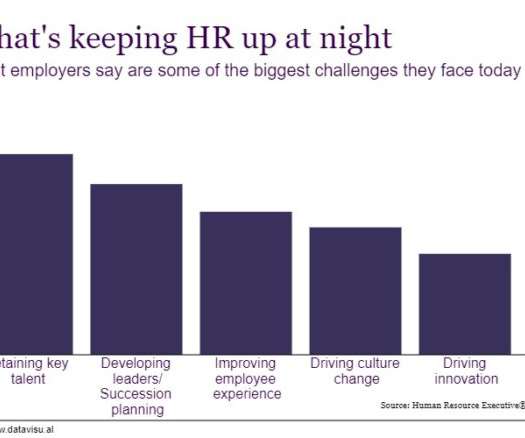
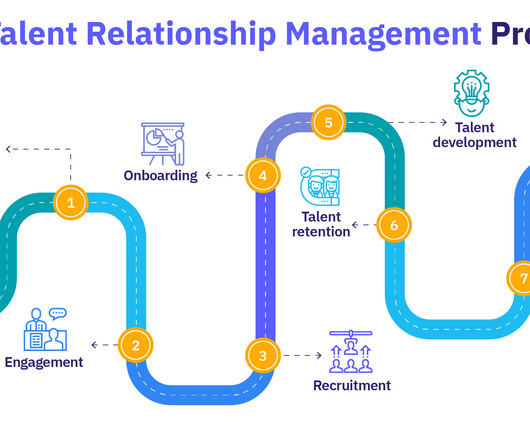

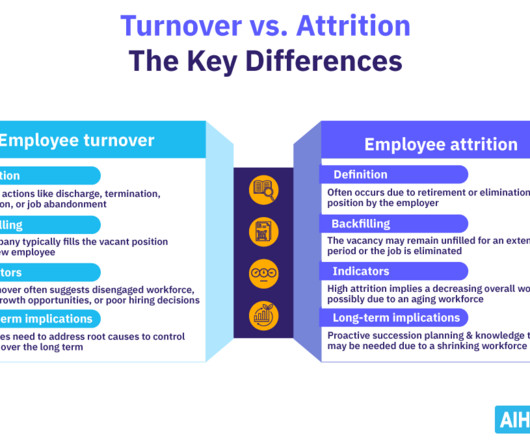






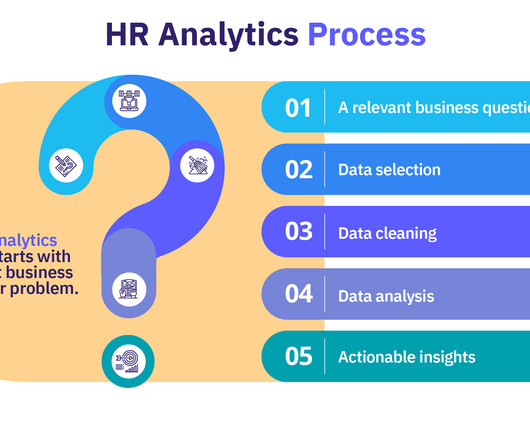
















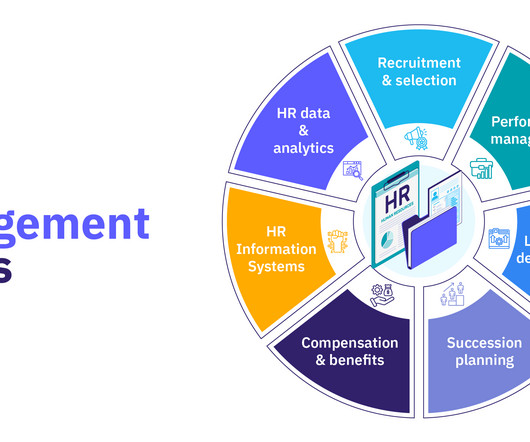























Let's personalize your content